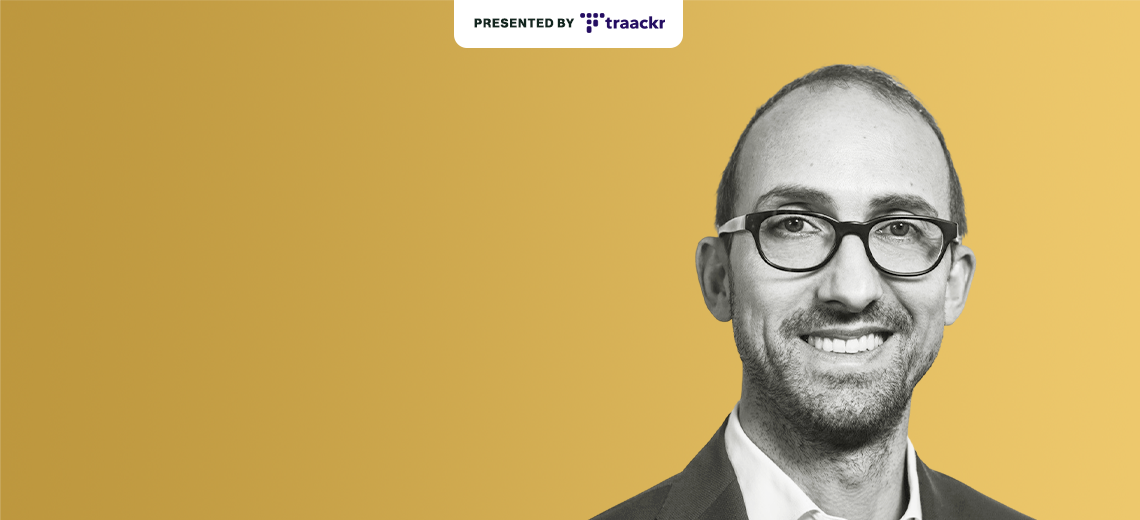This is an episode of the Glossy Beauty Podcast, which features candid conversations about how today’s trends are shaping the future of the beauty and wellness industries. More from the series →
Subscribe: Apple Podcasts | Stitcher | Google | Spotify
Today, “digital” is practically synonymous with fashion and beauty. But to boast an advanced knowledge of the digital world in the early aughts is what Alessio Rossi, evp of Shiseido and Clé de Peau Beauté and head of digital transformation for the Americas at Shiseido, considers “serendipitous.”
“I was lucky to be in the right place at the right time, so that today, people can consider me a veteran of the space,” said Rossi on this week’s Glossy Beauty Podcast.
Brands were taught to be “one talking to many,” he said of the first wave of digital 20-plus years ago. “We weren’t necessarily taught to listen, to get feedback and to engage in many multiple, concurrent, sometimes synchronous conversations with our audience… That was a huge change for brands around the world, specifically in luxury.”
Rossi landed at Shiseido six years ago, after over 12 years in the luxury industry with companies like L’Oréal and Kering. In January 2021, he transitioned to his current position, where his main task is discovering “the ongoing redefinition of what luxury beauty online means from an experiential standpoint,” he said.
Now, Rossi harnesses social as a community-builder, ensuring Shiseido’s spot as a key successor in the U.S. beauty landscape and responding to customer preferences changed by Covid-19.
The pandemic pushed shopping toward livestreaming and direct selling, he said. “We tried to reinvent the proposition immediately because this is what was needed. And we are in the process of reinventing it because consumers [have even more] options now.”
Ad position: web_incontent_pos1
Below are additional highlights from the conversation, which have been lightly edited for clarity.
Fostering communities
“The foundations of Clé de Peau Beauté are common to most of the successful luxury brands across any industry today. And it is all about building a community. It’s also strictly associated with the way social [media] has evolved. When you build a community, you can share common values across a certain number of people, and then these values are so powerful that you gain more fans, and you can continue the conversation. With that, you can expand your business. Clé de Peau Beauté has done a good job increasing its presence in any market without distributing beyond the boundaries of true luxury. Keeping the distribution tight is a top priority for us. But at the same time, we grew so much, and people ask us, ‘How do you do it?’ And we did it by fostering the community with authentic, relatable content that we refresh on an ongoing basis and we listen. Once again, this is a brand that was born in Japan and we’re growing it in the U.S., which is a dramatically different scenario and landscape from a business and cultural standpoint. But [Clé de Peau Beauté] talks to consumers in slightly different ways that make it relevant wherever you go. This is the key to our success.”
Charting an individual path
“We, in general, do not believe in shifting and riding whatever waves just because it’s available to us. We continue to consider these platforms within the context that they operate. ‘What is the role today of Instagram, versus what was its role five years ago or even pre-pandemic?’ ‘Has it changed?’ And if it did change, how can I leverage that to the best of my abilities? We don’t forget that attention is a zero-sum game. There is an opportunity here for brands, but there is also a risk of spreading themselves very thin. What is appropriate for one brand may not be appropriate for another.”
Meeting consumers where they are
“People never buy the full look from one single fashion brand or all their jewelry from the same jewelry brand or their makeup from the same makeup brand. Brands deny this and try to fight against it. But if you embrace that concept and go where your consumers are, you don’t see as many barriers. Now you have to go into places that can offer the right level of service and can sustain the right price point.”




